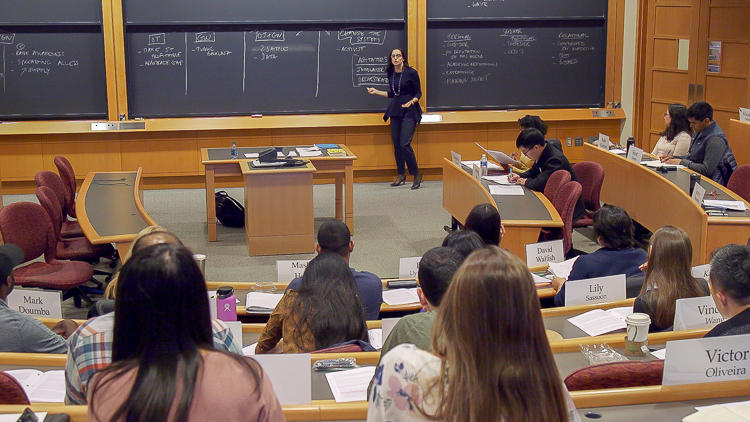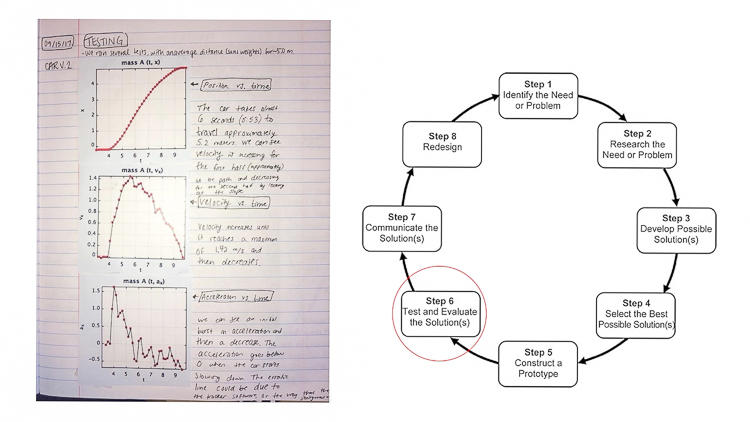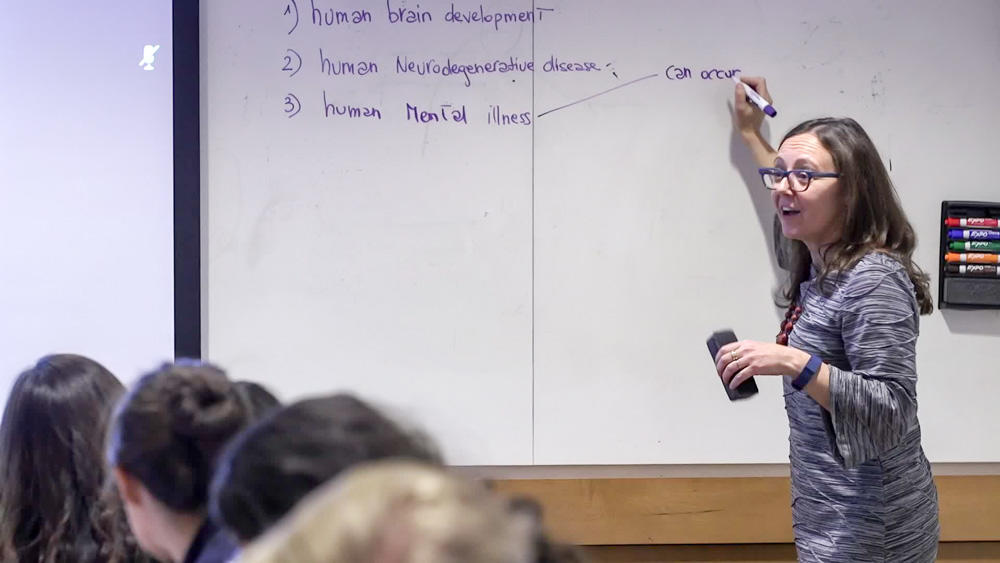Chalkboards may not be the most advanced instructional tool in today’s classroom, but they are very useful for tracking and organizing student comments on the fly. In this video, Julie Battilana describes how she enters each case discussion having already thought through how and where she will track her students’ comments on the nine chalkboards in her classroom. This planning reaps dividends for students who describe how they use notes on the boards to keep track of their classmates’ points of view and capture the key ideas and frameworks presented during class in their notes.
Using Boards to organize and structure class thinking
Instructor
Julie Battilana, Joseph C. Wilson Professor of Business Administration (Harvard Business School), Alan L. Gleitsman Professor of Social Innovation (Harvard Kennedy School)
Student Group
Graduate
School
Harvard Business School, Harvard Kennedy School
Course
Power and Influence
Group Size
85 students
Additional Details
Second year course
- Dry erase boards, document projectors, and even editable PowerPoint slides can be great alternatives if you do not teach in a classroom with ample blackboard space.
- When creating your blackboard plan, optimize for simplicity and clarity. Ask yourself if the students in the back of the classroom would be able to see and follow your notes and charts.
- Listen carefully to your students’ comments so that you can jot down the specific words and phrases they use.
- Research on graphic organizers suggest that visual organization of content can support cognitive processing efficiency by facilitating information selection and both organization and integration of content (Stull & Mayer, 2007; McCrudden & Rapp, 2017).
- In this video, Harvard Kennedy School Professor Jose A. Gomez-Ibanez describes how he uses his boards to organize and respect students’ comments.
- Harvard Business School provides a resource describing the how and why of effective board use.




